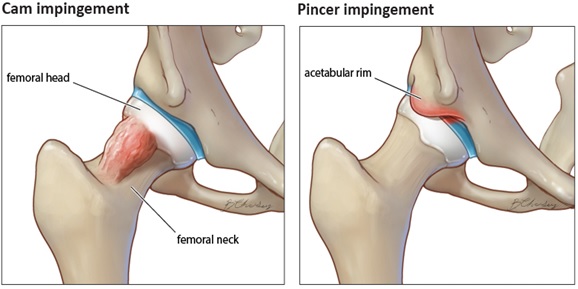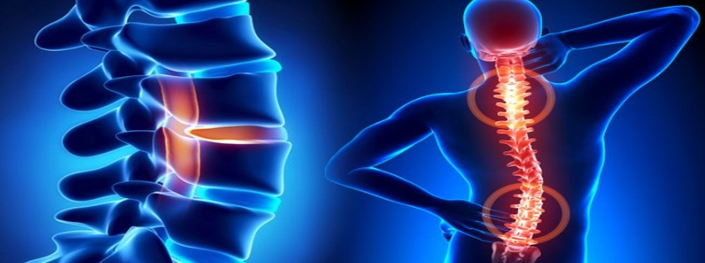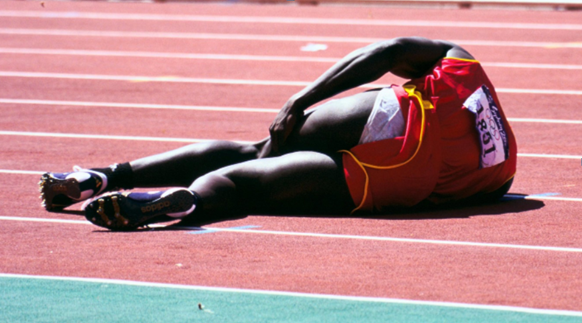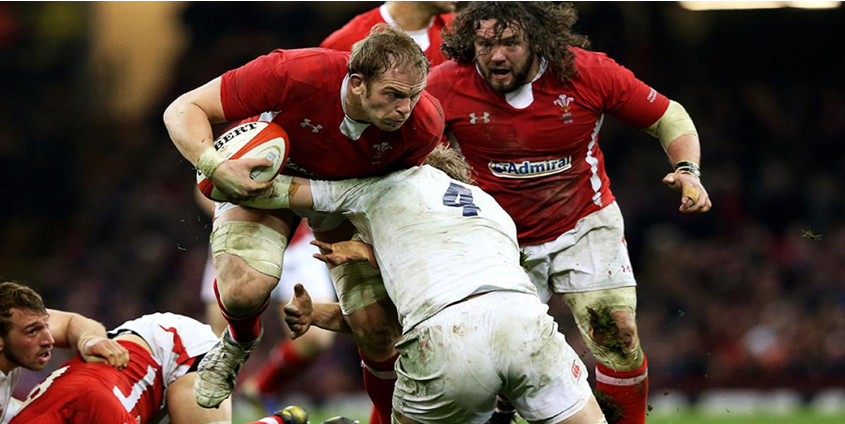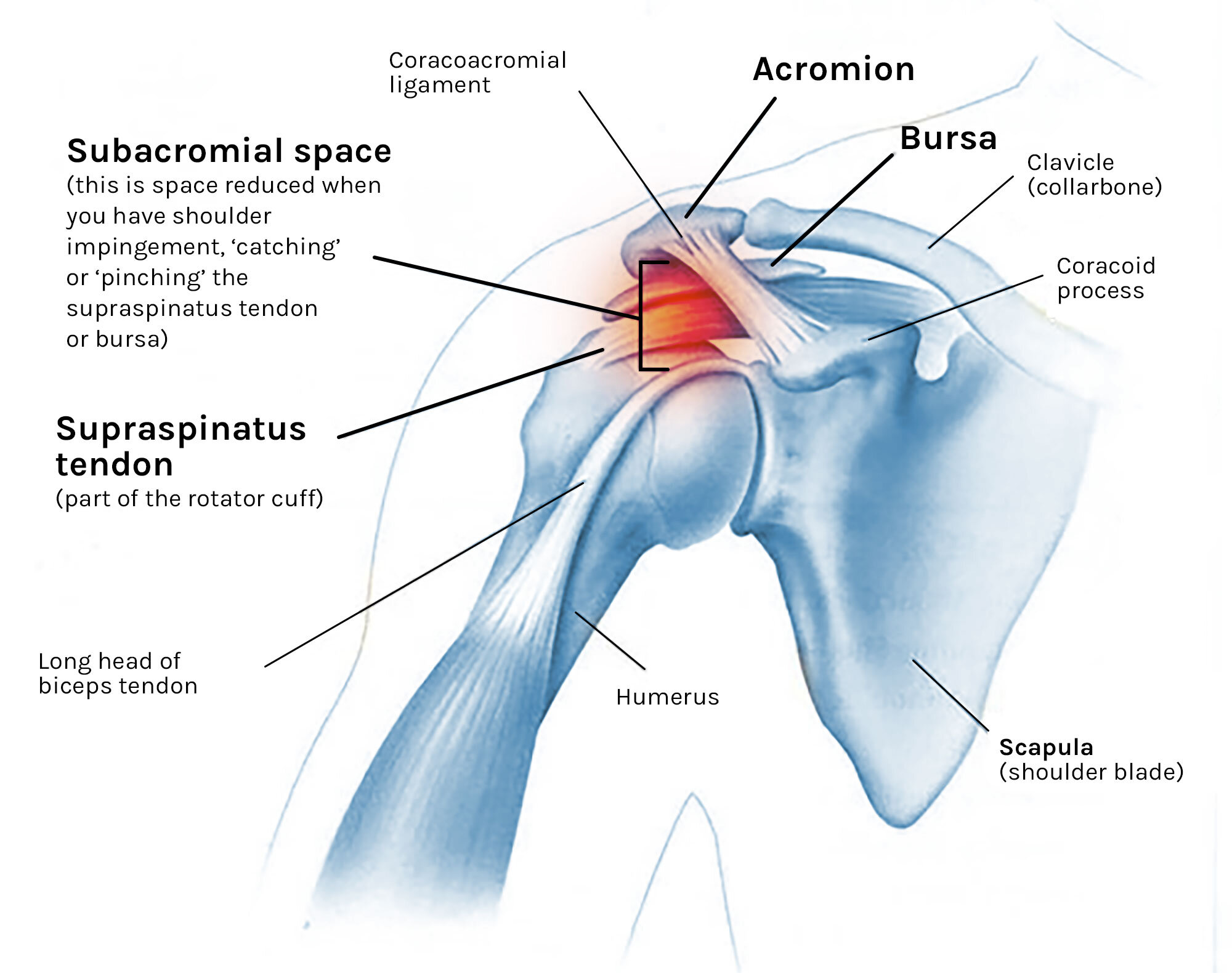An Overview of Femoral Hernia Management & How to Address Cam Impingement & its Types of Pain Patterns
Our Sports Physiotherapy Service specializes in addressing hip pain caused by a Femoral Hernia, a condition that affects the upper thigh below the groin. We understand that every patient's ailment is unique, and our approach is tailored to each individual's symptoms and needs.
After conducting a comprehensive medical workup and assessment, we design a sports physiotherapy treatment plan that suits your specific situation. Hip pain can manifest differently in each patient—some may experience discomfort while sleeping or at rest, while others feel pain during activity and movement.
Our goal is to alleviate or eliminate hip pain through a range of targeted therapies, exercises, and sports therapy massages. The treatment approach may involve:
- Stabilization Exercises: We design exercises to stabilize the hip joint, ensuring proper alignment and reducing strain on the affected area.
- Strengthening Exercises: Strengthening the hip muscles can provide support to the area, promoting healing and preventing further discomfort.
- Mobility and Flexibility Exercises: Through carefully designed exercises, we work to eliminate blockages and improve the hip's range of motion.
- Sports Therapy Massage: Our approach includes a sequence of massages tailored to your condition—dry massage, myofascial massage, deep transverse massage, and Dry Therapeutic Cryomassage with Cool Roller.
- Customized Management: We create a structured and personalized conservative management plan, taking into account your individual needs and progress.
Our team of experienced physiotherapy doctors at My Sports Injury | Physiotherapy | Chiropractic Clinic in the Heart of Manchester City is dedicated to providing you with the highest quality care. We understand the nuances of hip pain caused by a Femoral Hernia and strive to deliver effective solutions that enhance your quality of life.
If you're seeking relief from hip pain, we're here to support you every step of the way.
Contact MY SPORTS INJURY & PHYSIOTHERAPY to schedule an assessment and begin your journey towards a pain-free, active lifestyle.
So, it´s salient to discuss on how Hernias are occurred, let us explain it to you, read below.
A hernia occurs when the contents of the abdomen burst through a weak spot or tear in the wall of abdominal muscles. This layer of muscles holds the abdominal organs in place. A femoral hernia is a bulge in the upper thigh near the groin. It has been claimed that Femoral Hernias have a prevalence rate from 2% up to 8% of all groin hernias cases, according to literature (Waddington RT et la, 1971).
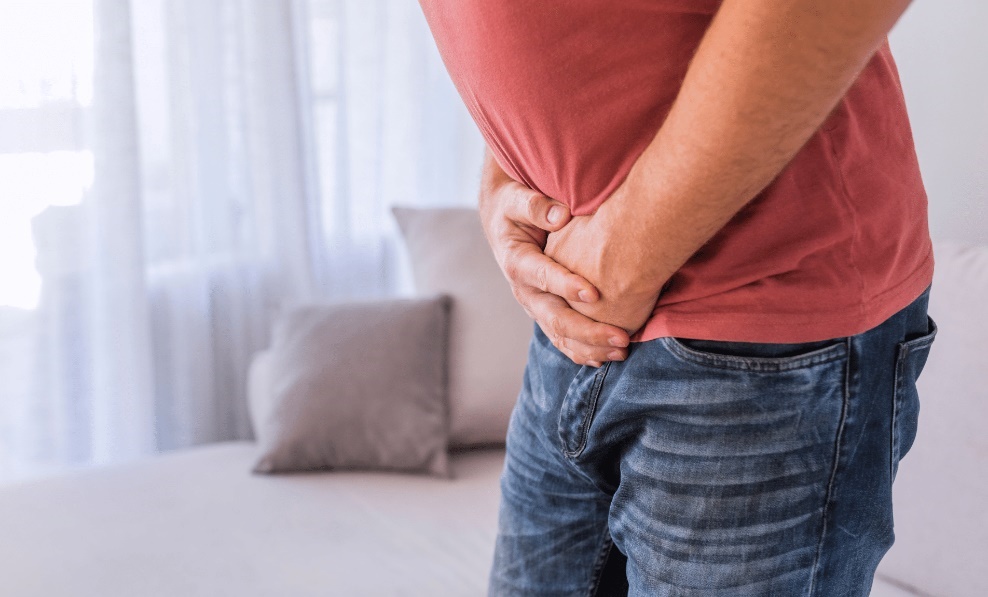
In addition, Femoral Hernias have higher incidence rates when it comes to older patients, as in, its diagnosis peak is estimated to be around 50 years old, as well as studies suggest that these kinds of hernias are more common in people aged between 40 and 70 years old (Takehiro Hachisuka et la, 2005). Likewise, research published in the British Journal of Surgery has come up with that Femoral Hernias are more likely to be produced in women than man, and its ratio is roughly 5 (females) to 1 (male) according to all studied cases (A Koch et la, 2005).
How to Know if it is an Inguinal or Femoral Hernia?
Femoral hernias are often very close to the hip bone and can cause hip or back pain as a result. For its part, the inguinal hernia can cause discomfort when you are sitting in some positions, when exerting pressure when evacuating, and even when walking. Moreover, Inguinal hernia are found to have a greater incidence rate compared to Femoral Hernia according to literature (Goethals A et la, 2023).
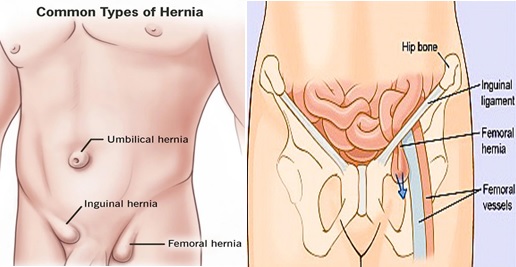
What are the Causes of Femoral Hernia?
Most of the time, there is no clear cause of a hernia, so it is said some of them are idiopathic. Some hernias may be present at birth (congenital), but not noticeable until later in life. Some factors that contribute to the appearance of a hernia include; chronic constipation, chronic cough, lifting heavy objects, obesity, straining to urinate due to an enlarged prostate, femoral hernias tend to occur more frequently in women than in men.
What are the Symptoms of Femoral Hernia?
- Visible Bulge: A bulge may be noticeable in the upper thigh, just below the groin area.
- Groin Discomfort: Some individuals might experience mild discomfort in the groin region.
- Aggravation with Activity: Discomfort can worsen when standing, lifting heavy objects, or exerting yourself.
- Sudden Pain: In some cases, sudden and sharp pain can occur in the groin or thigh area.
- Abdominal Pain: Abdominal discomfort might accompany the hernia, especially when the intestine inside the hernia is affected.
- Nausea and Vomiting: If the intestine becomes blocked within the hernia, it can lead to symptoms such as nausea and vomiting. This indicates a potential emergency situation.
Diagnosing a femoral hernia involves a combination of physical examination and, if needed, imaging studies. Given its complexity, femoral hernias can be challenging to diagnose.
Here's how it's typically approached:
1. Physical Examination: A healthcare provider, which can include a sports physio in Manchester, will conduct a thorough physical examination. During this exam, they will:- Ask about your medical history and any symptoms you're experiencing.
- Examine the affected area, looking for any visible bulges or abnormalities.
- Perform maneuvers that might provoke the hernia to become more noticeable.
2. Imaging Studies: In cases where the diagnosis is uncertain or additional information is needed, imaging studies may be recommended. These can help rule out other abdominal conditions and confirm the presence of a femoral hernia.- Ultrasound: An ultrasound is a common diagnostic tool used to visualize the abdominal area. It can help identify the presence of a hernia, its location, and the structures involved.
- CT Scan: In some situations, a CT scan might be recommended to provide detailed cross-sectional images of the abdominal area. This can help in confirming the diagnosis and assessing the extent of the hernia.
What is the Femoral Hernia Treatment?
Femoral Hernia Treatment depends on the symptoms present with the hernia. If you feel sudden pain in your groin or thigh, a piece of the intestine may become trapped in the hernia. This is called an incarcerated hernia. This problem requires immediate treatment in an emergency room. You may need emergency surgery. When you have ongoing discomfort from a femoral hernia, talk to your doctor or sports physiotherapist about treatment options. Hernias often get bigger over time. They do not go away on their own. Compared to other types of hernias, in femoral hernias the small intestine commonly gets stuck in the weak area. The surgeon may recommend surgery to repair a femoral hernia. This is done in order to prevent a possible medical emergency.
If you don't have surgery right away, increase your fiber intake and drink fluids to avoid constipation, lose weight if you are overweight, see your health care provider if you have trouble urinating (men), use proper lifting techniques.
Sports Physiotherapy Management for Femoral Hernia Rehab Post Surgery
Most people can return to light activities within two weeks. Most people make a full recovery in six weeks. If you want to come back to your daily activities without pain and live fully, you will need physiotherapy services in order to achieve that within mentioned time frame periods and free of relapses.
After femoral hernia surgery, and hand in hand with a physiotherapy professional, a rehabilitation treatment aimed at relieving pain, reducing inflammation as well as progressively recovering flexibility and mobility can be implemented.
The work of the scar is also an important point in the prevention of discomfort, in which myofascial techniques are carried out that prevent the formation of adhesions in the tissues.
Gentle muscle stretching and frequent walking after this type of intervention are also some of the tools that can help alleviate this discomfort, providing mobility to the area.
When Do I have to Visit the Doctor due to Hip & Abdominal Pain as a Result of Femoral Hernia?
Call your health care provider, sports physio or go to the emergency room right away if; you suddenly have pain in the hernia and are unable to push it back into the abdomen using gentle pressure, you have nausea, vomiting, abdominal pain, your hernia turns red, purple, dark, or discolored, contact your physician if you have a lump in your upper thigh next to your groin.
How To Treat Cam Impingement with Sports Therapy Massage in Manchester
Another hip disorder which is a cause of dire pain, discomfort, and disability is the Cam Impingement since it is the result of abnormal rubbing of the hip bones together and can occur at any point of the joint, causing damage to the cartilage and labrum. It has been studied that the prevalence of cam-type femoroacetabular impingement deformity is greater in male individuals, so it is in subjects with decreased internal rotation (Kalesha Hack et la, 2010).
